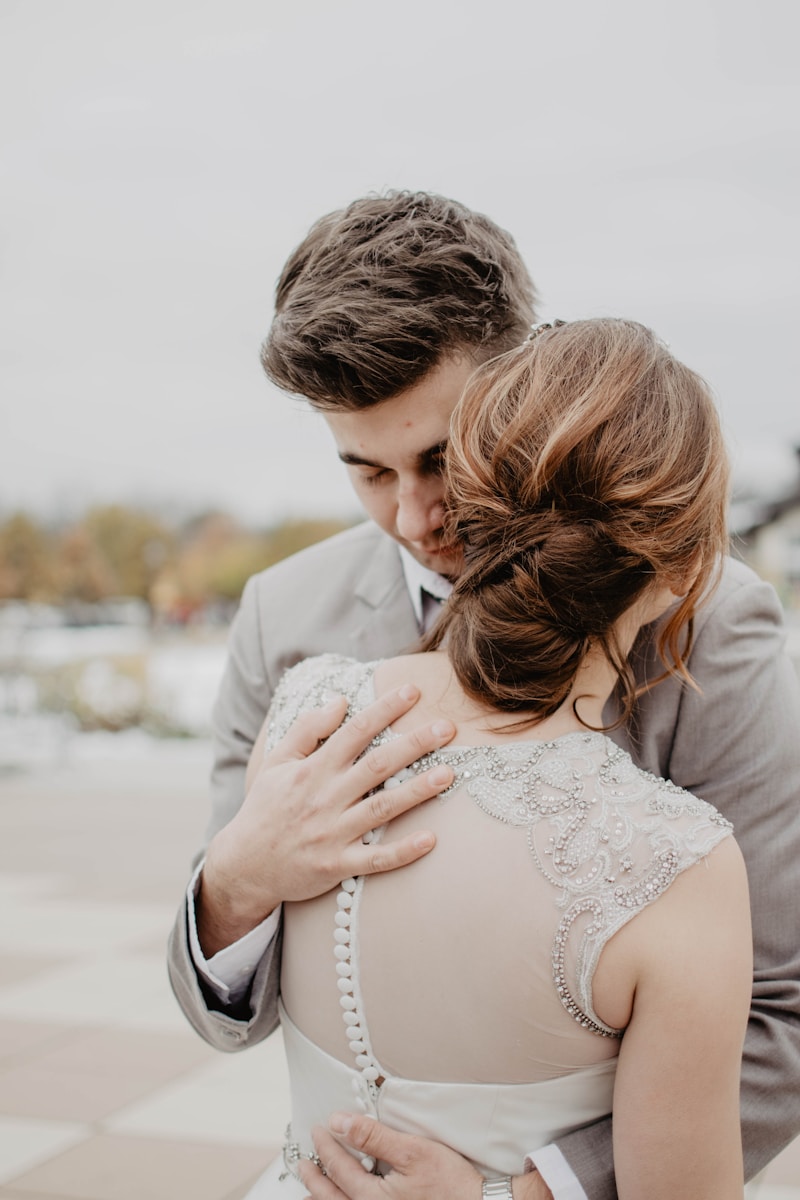A Comprehensive Guide to Fitting Timelines for Brides
Planning a wedding can be an exhilarating yet overwhelming experience, especially when it comes to managing the timeline. For brides, creating a fitting timeline is crucial to ensure that every detail is organized, allowing for a smooth and memorable day. In this guide, we will cover everything from the importance of a wedding timeline to tips on how to customize it according to your unique needs.
Why a Wedding Timeline Matters
A wedding timeline serves as a roadmap for your big day, keeping everything organized and ensuring that every moment is accounted for. Here are some key reasons why brides should prioritize creating an effective timeline:
- Reduces Stress: Knowing what to expect and when helps in alleviating anxiety on the wedding day.
- Enhances Coordination: A detailed timeline allows all vendors and attendees to know their roles and when to be where.
- Time Management: It ensures that you allocate enough time for important moments, including getting ready, the ceremony, and the reception.
Key Components of a Wedding Timeline
As you start drafting your timeline, consider including the following essential components:
| Component | Description |
| Getting Ready | Details about hair, makeup, and attire changes. |
| Ceremony | Start time, location, and duration. |
| Reception | All planned activities: speeches, meals, dancing, etc. |
| Photography | Times allocated for pre-wedding and post-ceremony photos. |
| Vendor Arrivals | Timing for when vendors should arrive and set up. |
Creating Your Custom Wedding Timeline
While there is no "one-size-fits-all" wedding timeline, you can use the following steps to create a personalized version:
Step 1: Determine Your Ceremony Time
The first step is to establish when your ceremony will take place. This will serve as the anchor for your entire timeline. Typically, ceremonies are held in the late afternoon or evening, but your choice will depend on other factors, such as venue availability and your personal preferences.
Step 2: Map Out Pre-Ceremony Activities
Think about how much time you'll need for hair and makeup on the day of the wedding. Typically, brides should allow 3-6 hours for this, depending on your hairstyle and makeup requirements. Don’t forget to account for travel time if you're getting ready in a different location.
Step 3: Schedule the Ceremony and Reception
After determining your ceremony start time, schedule the reception timing. Allow at least 30 minutes for guests to transition from the ceremony to the reception venue, if they are different. Be sure to consider any additional time during your ceremony for possible delays.
Step 4: Factor in Photography Sessions
Set aside time before and after the ceremony for photographs. You may want to allocate an hour for pre-wedding portraits and another for family and couple shots after the ceremony. Consider this timeline carefully to ensure you're not rushed during these special moments.
Step 5: Finalize Reception Timings
Plan the order of activities during the reception, including the grand entrance, speeches, first dance, buffet opening, cake cutting, and any other entertainment you may have. This creates a flow that keeps the celebration lively and engaging for your guests.
Things to Keep in Mind
There are several key considerations to keep in mind while drafting your timeline:
- Buffer Time: Always include buffer time between scheduled events to account for unexpected delays.
- Weather Contingency: Especially for outdoor weddings, have a backup plan in place.
- Guest Considerations: Ensure your timeline accommodates guests who may require assistance, such as elderly family members.

Sample Wedding Day Timeline
To provide a clearer picture, here’s a sample timeline for a wedding that is set to start at 4 PM:
| Time | Activity |
| 8:00 AM | Bridal party wake-up and start getting ready. |
| 10:00 AM | Hair and makeup for the bride begins. |
| 1:00 PM | Photographer arrives for pre-ceremony shots. |
| 2:30 PM | Bridal party and family photos. |
| 3:30 PM | Guests arrive for the ceremony. |
| 4:00 PM | Ceremony starts. |
| 4:30 PM | Ceremony ends, cocktail hour begins. |
| 5:30 PM | Reception dinner begins. |
| 7:00 PM | Speeches and toasts. |
| 8:00 PM | Dancing and entertainment. |
| 10:00 PM | Cutting of the cake. |
| 11:00 PM | Reception ends. |
Conclusion
Creating a fitting timeline is essential for any bride looking to orchestrate a seamless wedding day. By carefully planning each component and considering the needs of yourself and your guests, you can set the stage for a joyful and memorable celebration. Remember, flexibility is key—don't be afraid to adjust your timeline as necessary to ensure that everything flows smoothly. Happy planning!